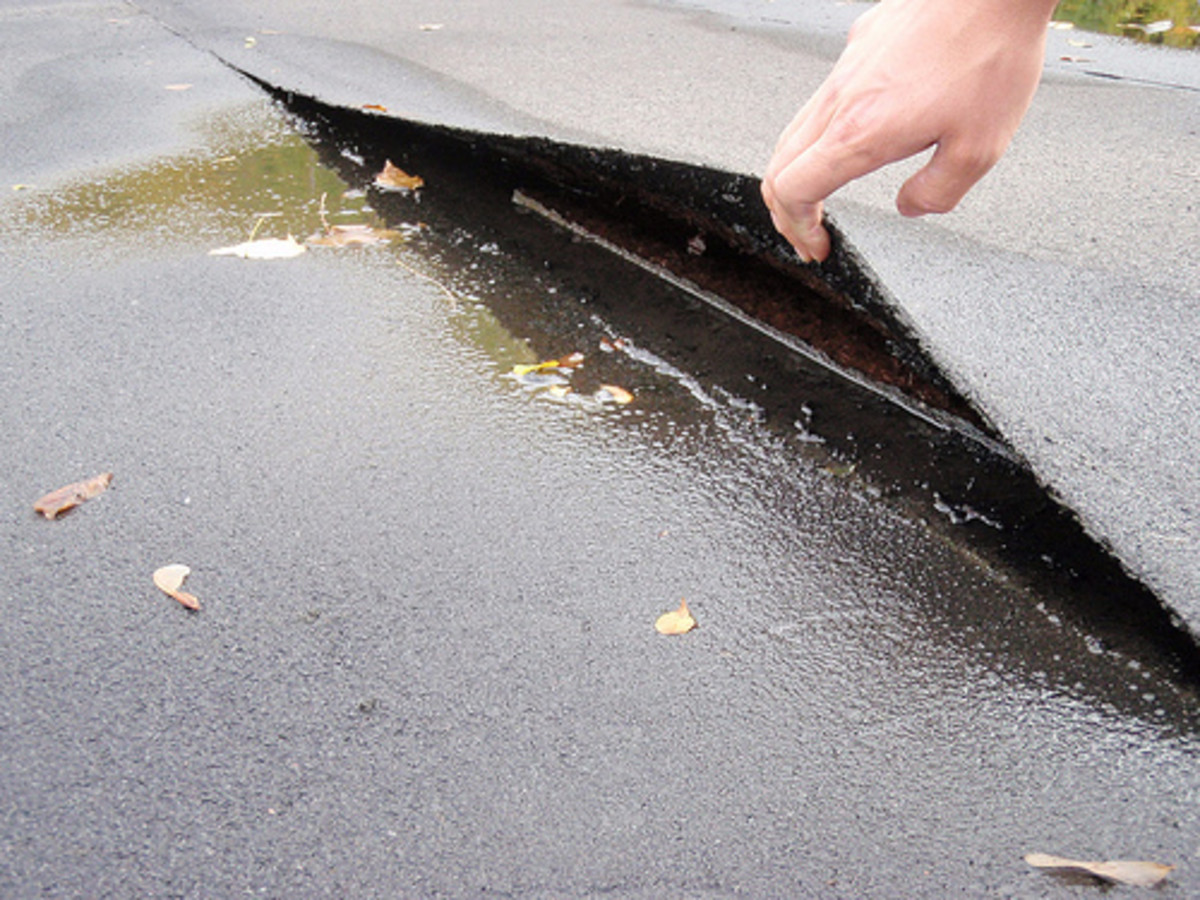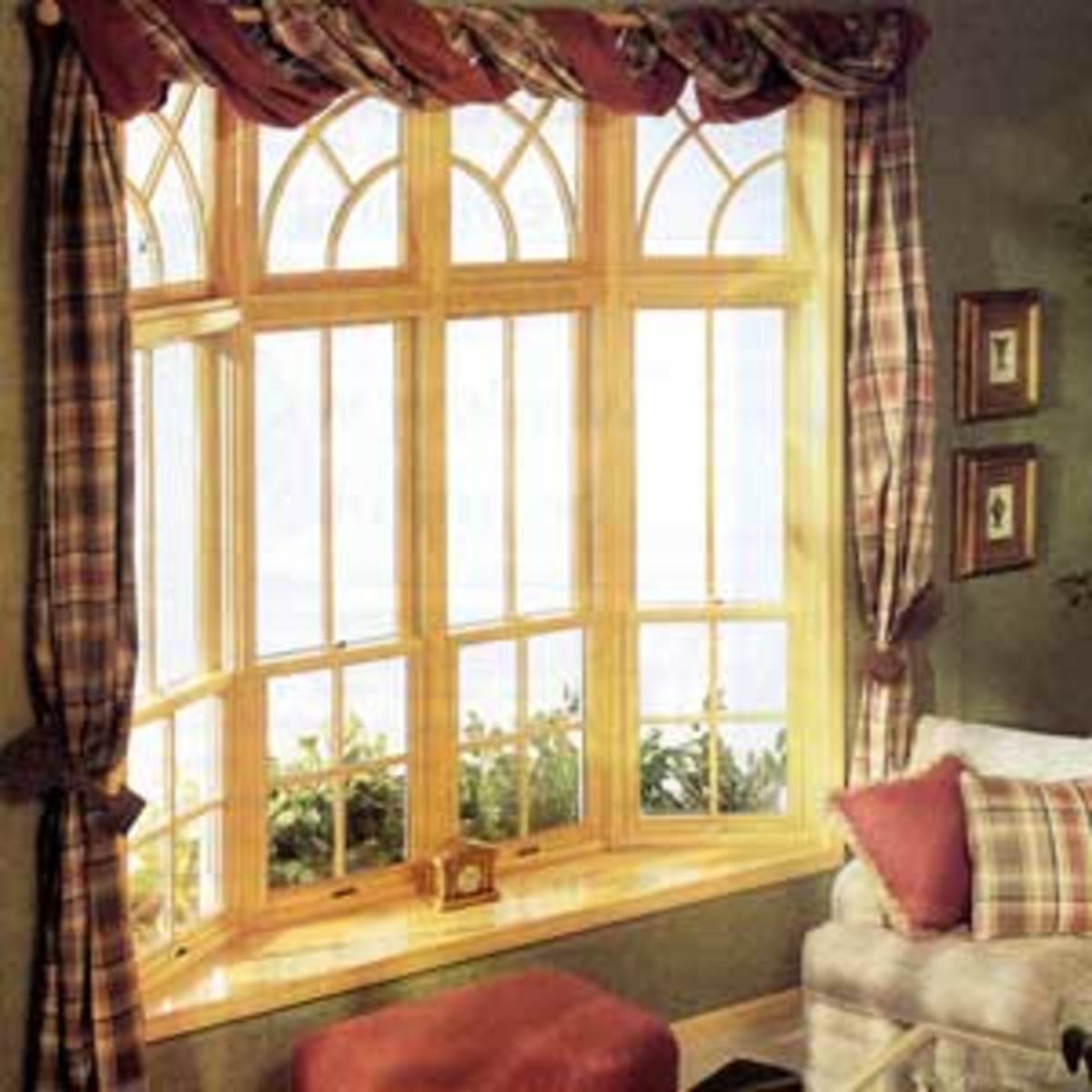Waste Water Systems
Waste water systems
The supply of hot and cold water to the taps in your house is really only half the domestic plumbing story. You also need a waste system to remove what you've used or don't want. and besides coping with the dirty water form the bath, basin and sink and the waste from the WC, the system also has to deal with the rainwater which falls on the roof.
The drainage system therefore has to be efficient and durable, and for obvious reasons of hygiene, self-cleansing. Waste matter mustn't be allowed to remain in the pipes and if blockages occur it should be possible to remove them easily.
How the drainage system works
There are several domestic drainage systems but each of them can be broken down into five separate sections. When waste water leaves an appliance of any sort, it will go immediately through a 'waste trap' -a 1800bend containing a water seal which fills the trap whenever the waste pipe empties. this keeps drain smells out of the room and prevents insects and the like from entering the home. With WCs it also makes self-cleansing easier. WC traps are cast as an integral part of the WC pan, but on other appliances they are separate, and are attached to the outlet pipe by a large retaining nut.
From the trap, waste water enters a branch pipe which leads to the main vertical drainage 'stack'. This takes it below ground level to the first underground section of the drainage system where it flows through at least one inspection chamber (covered with a manhole cover) and into the public sewer, which is usually situated underneath the road. The sewer is provided by the public health authority and it is their responsibility to remove all waste running into it.
Often rainwater from the roof is fed into the drainage system to flow into the public sewer But some authorities provide a separate street drain for it or insist on the provision of soakaways (pits filled with rubble and gravel which allow the water to soak into the surrounding earth) near the house. Tanks and cisterns rarely overflow, but when they do they discharge clean water, so it's not necessary for the overflow pipes to be located over a drain.
The water can fall directly onto the ground. The cost of laying public sewers in rural areas means that the waste from many houses in these parts flows into a cess pool or septic tank. These are specially constructed pits for storing effluent (and in the case of a septic tank, for breaking it down into harmless matter). Both of these require periodic pumping out, cess pools much more often as 'they store all the waste. if you're buying a house with one of these systems, check how often this has to be done, who does it and how much you may have to pay.
How it all began
Proper plumbing systems have only been around for about 100 years. The large urban expansion which took place during the industrial Revolution lead to squalid housing conditions, and disease was rife. Eventually, enclosed sewers were introduced along with piped water supplies and pottery WC pans. By the 1870s many homes were equipped with a basin, a WC and a sink; but an acute shortage of qualified plumbers lead to ridiculous installations which often produced as great a health threat as before. The London County Council took the lead in sorting things out by laying out a set of rules in 1900, establishing the 'two-pipe' system-one stack for waste water from basins and sinks, another for 'soil water' from WCs.
The amount of pipe work needed with the two-pipe system, and the increased siphon age problems on tall buildings, led to the introduction of the 'one-pipe' system This system was the forerunner of the modern 'single stack' system and a ban doned the distinction between the soll and the waste pipe stack. it was only used extensively on multi- storey buildings.
On the one-pipe system all discharges flowed into a single stack which had an open-ended outlet at roof level. All traps had deep seals and each branch pipe was also connected to a vent pipe wihich rose to eaves level.
The single stack system was developed in the UK in the late 1940s to overcome the drawbacks and complications of the two pipe systems, and to simplify the installation everyone must be familiar with the untidy cluster of pipes on the outside walls of houses with these systems.
The advent of light plastic piping helped in this development, as it made the production of accurate mouldings easier, and cut down the installation time because plastic was quicker to join than the old metal piping.
The single stack system
This consists of a single waste stack into which all the branch pipes discharge. However, ground floor waste doesn't have to go into the stack. Sink waste water may flow into a trapped gully and ground-floor WCs may be connected directly into the underground drain. This avoids any risk that a blockage at the base of the stack (where it bends to join the underground drain) could lead to waste water being forced back along the waste pipes to ground-floor appliances.
In appearance the single-stack system is the simplest waste system of all and the most economical to install. As a result it is incorporated in the majority of new houses. But because the branches have to be comparatively short, the system is less useful in bungalows where appliances are likely to be spread out. Usually all the pipe work is sited indoors, which means a neater appearance for the house exterior; it also reduces the possibility of frost damage. All you'll see of the system is a tell-tale vent pipe poking up through the roof.
In order to make the system work properly a number of technical regulations have to be taken into account when it's being installed these relate to the length, diameter, bend redii and angles of bend of the branch pipes, the use of P-traps and S-traps on waste pipes other than WCs (see Traps for each appliance), the positioning of the stack connectors, and the dimensions of the stack itself. While the system may look simple, considerable research has been done to ensure that problems of siphon age aren't likely to occur.
The two-pipe system
The principles of the two-pipe system were based on a belief that all kinds of disease were caused by the 'bad air' in drains, and the system aimed to keep this out of homes. The basic principle was that the 'soil' discharge from WCs went directly down one stack into the underground drain. All other discharges, termed 'waste' went down another stack which led into a trapped gully (a cast drain incorporating a water trap) at ground level and from there joined the soil discharge under-ground. Sometimes waste had to fall into a channel at ground level before running into the drain.
All waste and soil pipe work had to be fixed to the outside of the building. The soil pipe was continued upwards to eaves level where it terminated open-ended in a wire cover to keep nesting birds from causing a blockage. This allowed free passage of air from the underground drain.
When the two-pipe system came into existence, most homes only had an outside WC (quite often shared) and a kitchen sink, so discharge was entirely at ground level, but when upstairs bathrooms became popular waste was directed into hoppers attached to stand-pipes, which caused new problems. Hoppers were not self-cleansing and soapy water drying on the inside could start to smell; draughts could also blow up the pipe to the hopper, bringing smells from the drain at the bottom. This led to some authorities banning hoppers and insisting on discharge direct into another stack which meant installing an eaves-level vent as with the soil stack.
On buildings over two storeys high this created another problem known as 'induced siphonge'. When water flowing down the waste stack from one outlet passed another outlet where it joined the stack, it could cause a partial vacuum in the second pipe which could suck out the contents of the water trap. To cure this problem the upper part of each trap had to be connected to a branch vent pipe which either connected to a separate vertical stack to eaves level, or joined the vented waste stack at least 900mm (3ft) above the level of the highest waste connection. If you live in a tall house you may have this system, and any repairs to vent pipes should follow the existing system. The alternative is to take out the entire system and replace it with a single stack arrangement.
Traps for each appliance
The traditional trap was a simple U-shaped bend attached to a horizontal branch outlet-today called a 'p' trap. If the branch outlet is vertical this trap bends round again into a double 'U' or 'S' outlet. In systems with lead pipes, the traps were often formed from lengths of pipe, while with modern plastic waste systems the traps are separate and easily detachable. The plastic bottle trap, which performs the same function, is also now widely used, and this is more compact and neater in appearance.
The depth of the water-filled part of the trap is known as the 'depth of seal'. Shallow traps have a seal depth of around 50mm (2in), 38mm (1 1/2in) or 19mm (3/4in), while 'deep-seal 'traps have a 75mm (3in) seal.
Lead traps usually allow access for clearing blockages, and this is obtained by unscrewing an access cap or 'eye'. Modern plastic traps are connected by screwed collars at both ends and can be completely removed for cleaning if blocked. The lower part of bottle traps likewise completely unscrews. Adjustable plastic traps are available for fixing to existing pipe work where access is difficult and special adaptors are used to link to copper and iron pipes.
Traps must remain filled with water and it is against the bye-laws if they don't This is the most important and lasting principle handed down from the waste disposal thinking of the last century.
The water seal can be lost from traps for lost of reasons. Siphonage is the worst problem and where it occurs it's usually due to a badly designed system. Simply, if the air pressure beyond the trap is slightly less than the normal atmospheric pressure acting on the surface of the water in the trap. the water will drain away. This is more likely with 's' traps than 'p' traps, and with shallow rather than deep traps. The problem of siphonage led to the introduction of venting systems and dictated the dimensions in the single stack system (and also excluded the use of 's' traps).
Overflow pipes
There are two sorts of overflow pipes-those which are connected to storage cisterns and WC cisterns, and those which are attached to or from a part of appliances such as basins and baths. They are known in the trade as warning pipes. Both sorts should be fitted to avoid the risk of overflows damaging your home. This may be caused when you forget to turn off the bath, or by mechanical failure when the ball-valve on the water storage tank jams open.
In sinks, basins and baths the overflow must discharge into the branch waste pipe between the trap and the appliance, or into the trap above the water level of the seal, and must be able to cope with the flow of water from one tap turned full on.
Sink and basin overflows are usually built into the design of the appliance, while those for baths are supplied as part of the plumbing and connect to a slot in the waste outlet casting.
Overflows from tanks and cisterns consist of a length of pipe of a minimum 22mm (7/8in) internal diameter, capable of discharging water as quickly as any incoming flow. They usually emerge through the outside wall and stick out far enough to avoid any water flow sluicing down the wall surface, which could be a potential source of damp.
Pipe and trap materials
All waste and soil pipes are today mainly manufactured in plastic. Branch pipes were made of lead or copper, stack pipes of cast iron, traps of lead or brass and underground pipes of vitrified clay. Only the latter still predominantly utilize the traditional material.
Your legal position
Drainage regulations fall under the Public Health Acts as well as the Building Regulations, so it's important to know where you stand. The householder is responsible for the entire drainage system until it enters the public sewer-even though this is usually beyond the boundary of the property, While blockages beyond the lowest inspection chamber are rare, any clearance work can be very expensive-particularly if you use a '24-hour' plumbing service. The public sewer is provided by the public health authority and is their responsibiliy.
If your house was built as one of a group of houses, then it's quite possible that you'll have shared drainage facilities, This means there is one drainage pipe collecting the waste of several homes before it discharges into the public sewer, The system was adopted because it saved installation costs.
If your house was built before 1937, it's still the responsibility of the local authorities to cleanse the shared drainage runs, although you're responsible for clearing blockages and for maintenance. But if you live in a post1937 house then the responsibility for the shared drains rests collectively on all the owners concerned and if a blockage is caused by someone else you will have to pay a proportion of the bill. It is therefore important when moving house to check out the exact position. If this is difficult to ascertain, try the Environmental Health Officer for advice; he should also be consulted if you want to change the system.



